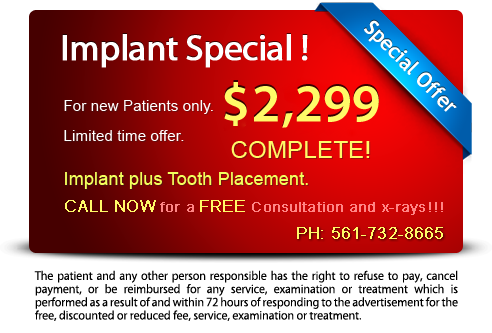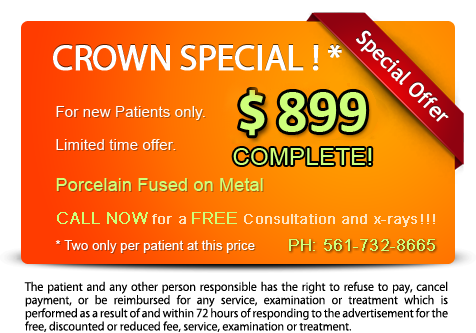The temporomandibular joint (TMJ) is a small joint formed where the lower part of the skull meets the upper portion of the lower jaw. This joint permits the opening, closing and sideward movement of the jaw. The movement of the joint is controlled by the muscles of mastication that are attached to the lower jaw. As a result patients with temporomandibular joint disorders experience both joint and muscle problems.
TMJ disorders are not uncommon and have a variety of symptoms. Patients may complain of earaches, headaches, and soreness in the joint area upon waking up, intermittent locking episodes and limited ability to open their mouth. They may also complain of clicking, popping or grating sounds in the joint and feel pain when opening and closing their mouth.
The TMJ is a hinge and gliding joint and is the most constantly used joint in the body. The round upper end of the lower jaw, or the movable portion of the joint, is called the condyle; the convex portion of the skull into which the condyle fits is called the articular fossa. Between the condyle and the fossa is a disk made of cartilage that acts as a cushion to absorb stress and allows the condyle to move easily when the mouth opens and close.
Determining the cause of a TMJ problem is important, because it is the cause that guides the treatment.
Depending on the severity of the problem your oral surgeon may choose either a non-surgical or a surgical approach. Your oral surgeon may order x-rays of the joints and the skull, MRI (magnetic resonance imaging) or an Electromyograph to help in diagnosis and evaluation of the problem.
Fabrication and insertion of a bite splint or guard
The purpose of these appliances, which may be fitted to either the upper or lower jaws, and in some cases to both, is to re-position the condyle head in the joint space to a more normal position, thereby relieving the stresses, and pressures, being placed on the tissues of the Joints, and their related supporting structures allowing them to heal.
Adjunctive Medication
These would include anti-inflammatory, and muscle relaxants to help relieve the pain and muscle spasm.
Stress Management
The treating TMJ practitioner may refer the patient for stress management which can include any number of modalities from bio-feedback training to counseling.
Surgical Approach
In some instances such as stretched or torn ligaments, displaced disk a surgical approach may be warranted. Your oral surgeon will discuss this treatment option if required.


Office Hours
| Monday | 8:30 AM | 5:00 PM |
| Tuesday | 8:30 AM | 5:00 PM |
| Wednesday | 8:30 AM | 5:00 PM |
| Thursday | 8:30 AM | 5:00 PM |
| Friday | 8:30 AM | 3:00 PM |
| Saturday | Closed | |
| Sunday | Closed | |
Accessibility Menu